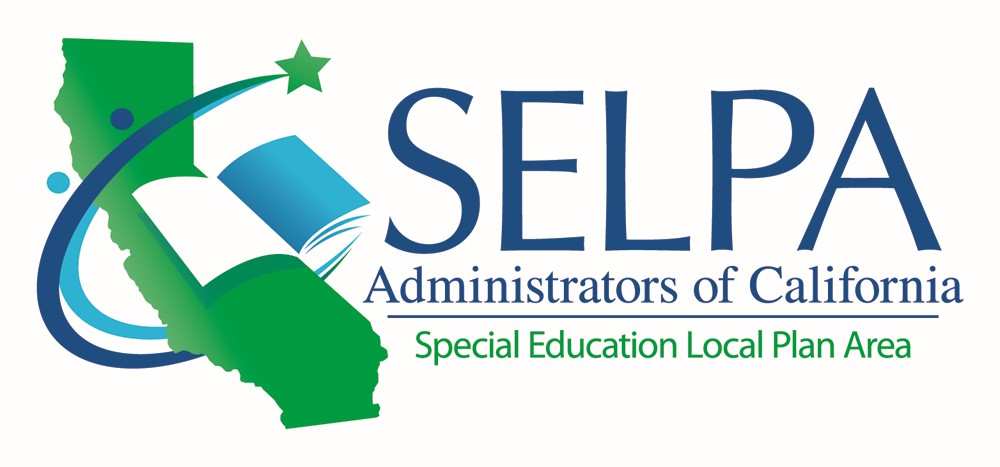Special Education Local Plan Area (SELPA)
What is
a SELPA?
In 1977, all school districts and county school offices in California were required to form geographical regions of sufficient size and scope to provide for all special education service needs of children residing within the region’s boundaries. Each region became known as a Special Education Local Plan Area – SELPA.
Today, there are over 135 SELPAs in the State. The SELPA governance structures vary in form, including models for Multi-District SELPAs, Multi-District/County Office SELPAs, Single District SELPAs, Multi-District/Multi-County SELPAs, County SELPAs with Joint Powers Agreements, and Charter only SELPAs. Size and scope also vary across the State. Each SELPA has a Local Plan describing how it provides special education services. Specific components to be included in the Local Plan are delineated in the Education Code.
The SELPA Administrators of California is a statewide association consisting of nearly all SELPA directors, who meet regularly to obtain the latest information on data and compliance, best practices in student programs, legal updates, state updates, and essential information in all related areas that support student success.
The SELPA and member local education agencies (LEAs) foster coordination between general and special education to prevent and intervene in suspected disabilities early. The SELPA also ensures appropriate education services for individuals with disabilities by working cooperatively with other public and private agencies to support a full complement of special education services for students. Each SELPA must have an Administrative Unit (also known as the Responsible Local Agency), the legal entity receiving funds. Sometimes, the Administrative Unit is a school district; in other cases, it is the county office.
Costs for SELPA operations and the Administrative Unit are provided by funding from the State, which local, federal, and State funds may augment. Each region determines the funds available for regionalized services and the responsibilities of the SELPA office. The SELPA policy-making body is designated in the Local Plan to make policy decisions, approve the SELPA budget and Allocation Plan, and direct SELPA operations.
SELPA
Responsibilities
The SELPA responsibility is met through a network of cooperative agreements among districts and agencies. The SELPA Office coordinates this network and provides a focal point for the student/family seeking information and services.
The Tuolumne County SELPA is committed to providing our districts with technical assistance and support that aligns with state and federal laws, informs best practices, and assures that all regionalized operations and services are provided in accordance with the Local Plan.
Other SELPA responsibilities include such things as:
- Ensuring program availability for all children with disabilities
- Governance committees, including the Community Advisory Committee
- Assistance with understanding compliance requirements
- Program coordination
- Fiscal management, budget planning, and review
- Staff development
- Curriculum development and support
- Special education data reporting to the State
- Regionalized services support
- Interagency coordination
- Program evaluation
- Community awareness
The Goals
of SELPAs
Even though there are many organizational structures for a SELPA, all SELPAs have the same basic goal: to deliver high-quality special education programs and services to students with disabilities in the most effective manner practicable. SELPAs believe that all students can learn and that students with special needs must be guaranteed equal opportunity to become contributing members of society. SELPAs facilitate high-quality educational programs and services for students with special needs and training for parents and educators. SELPAs collaborate with county agencies and LEAs to develop and maintain healthy and enriching environments in which students with special needs can succeed. Strategies employed to achieve these and the following goals include: responding to specific areas of local, state and public concerns; emphasizing the need for effective special education services to improve educational and life outcomes for students with disabilities; and organizing special education administrators and special education staff members with the SELPA for support of common education goals.

